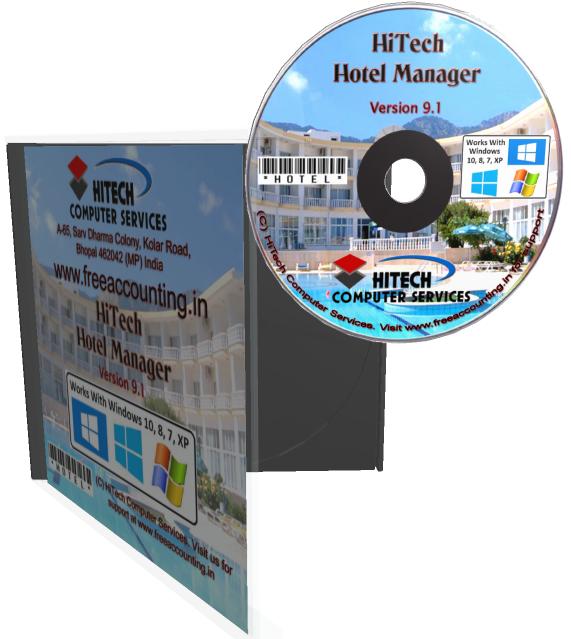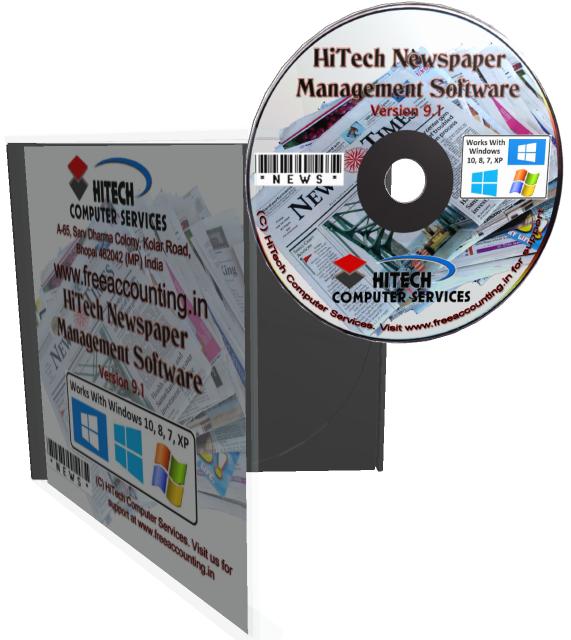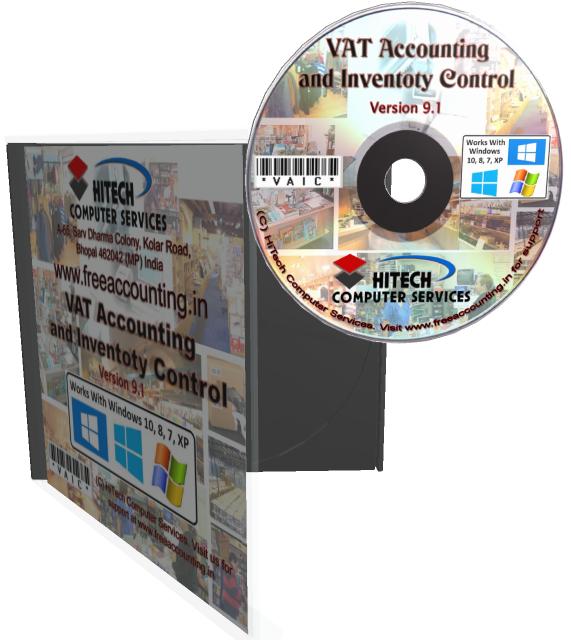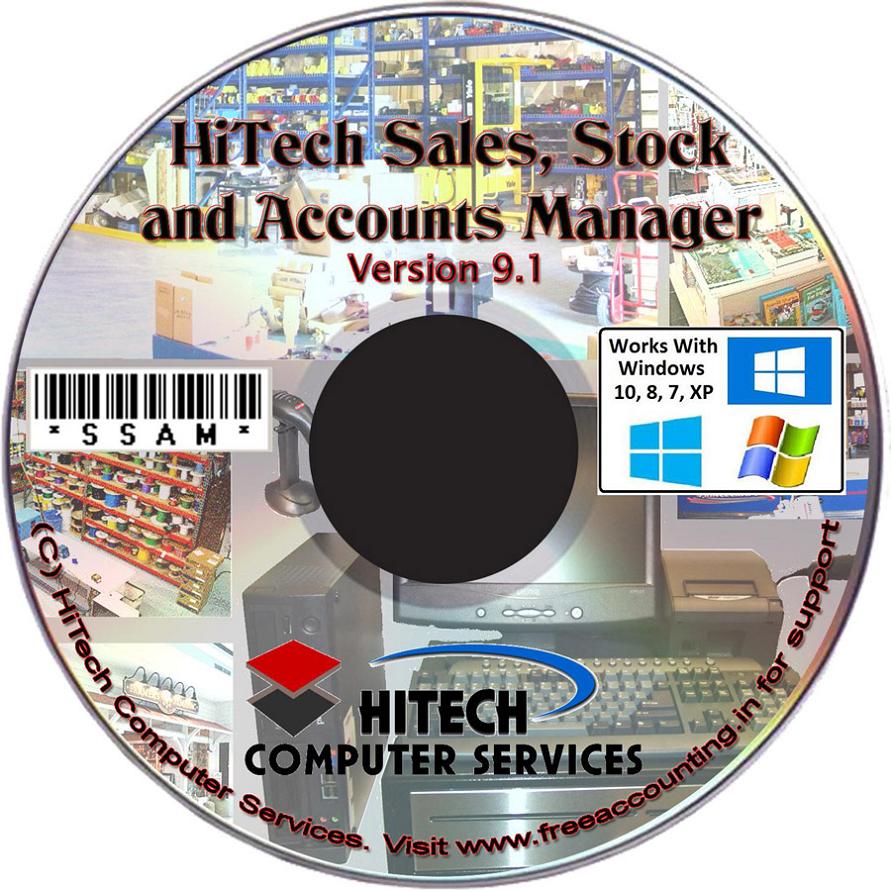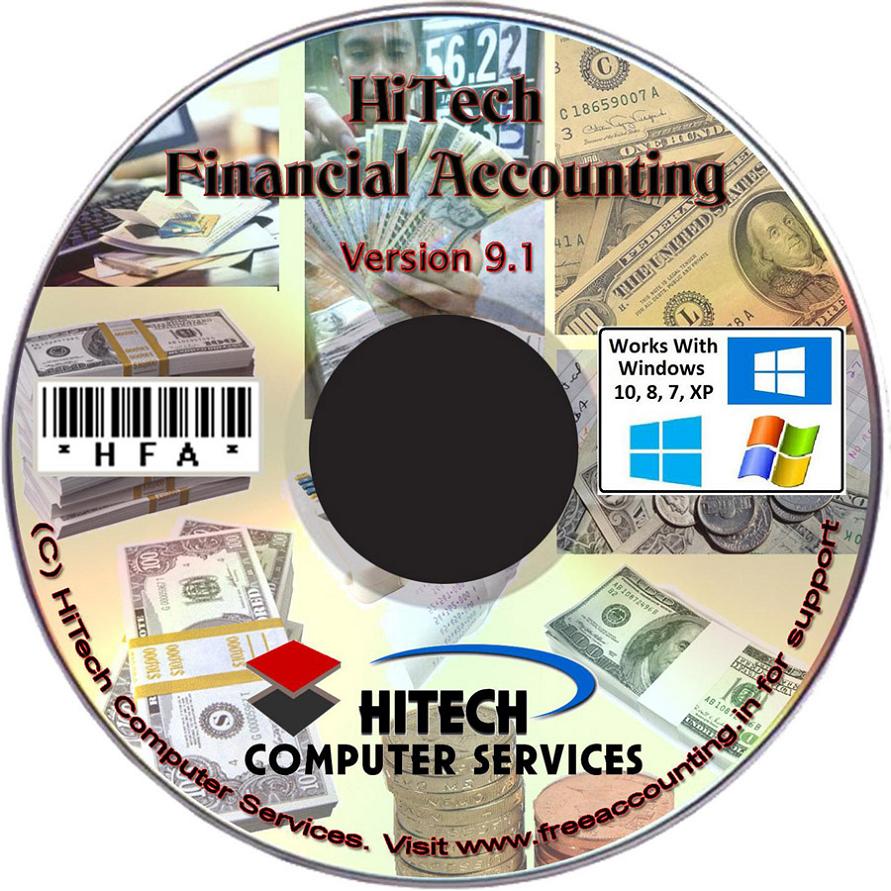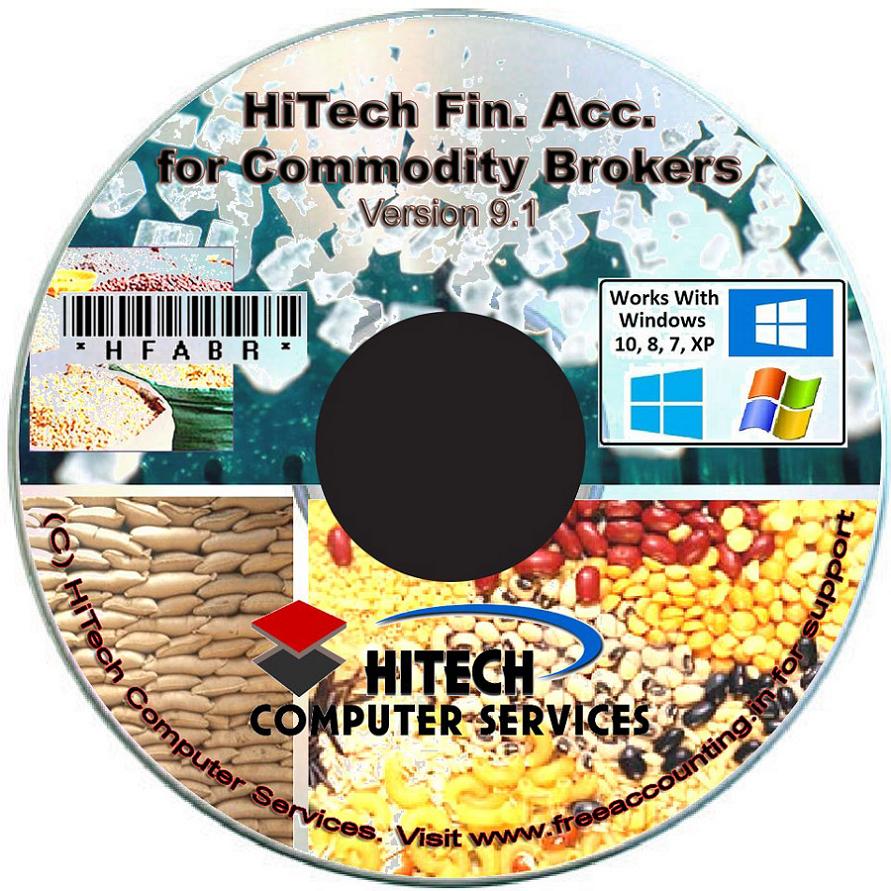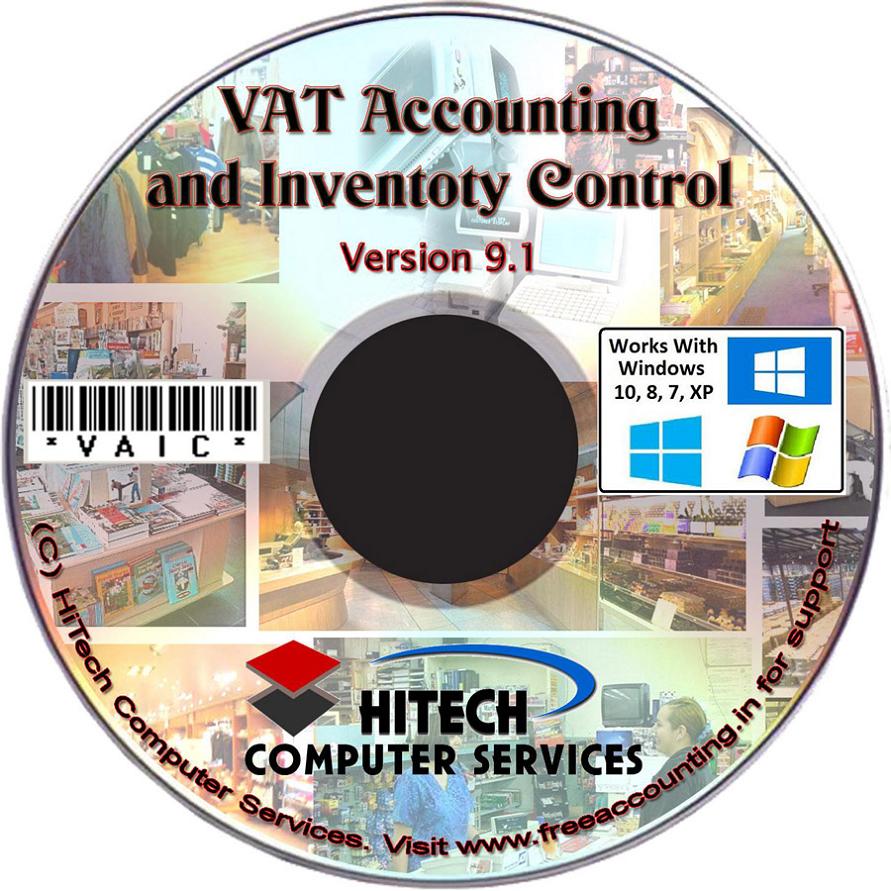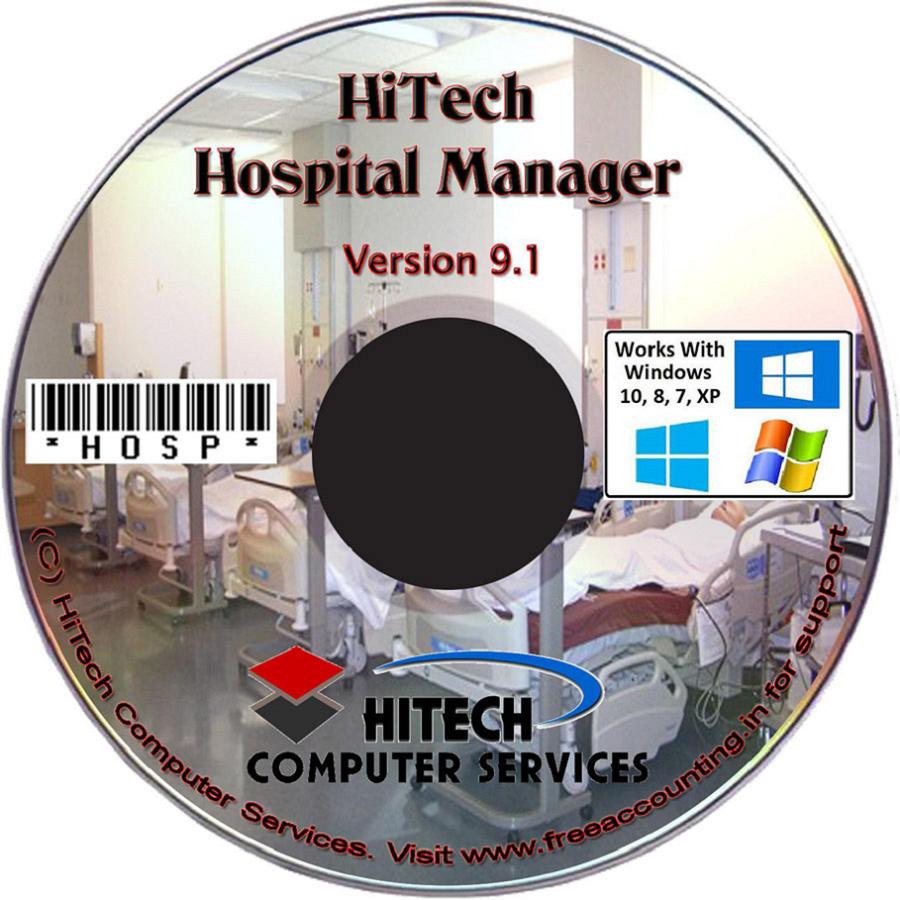Details of our various services
Software Products Design & Development
Our Software Products Open Source Accounting Software Custom Made Software Barcode Software Solutions Barcode Software Features Web based Accounting Server Apps for Mobiles and Tablets Accounting Software for Mobiles DevicesServices Offered
Custom Software Development PC Card Hardware Integration
Online Accounting Server
More Details of Online Accounting
Online Accounting Prices
Shared Server Hosting
Dedicated Server Hosting
Shopping Cart Details
Online Accounting Types
e-trading Interface
Accounting Interface
HiTech Software / Services List
Financial Accounting Tutorial
Free 30 Days Demo of Accounting Software
Various Packaged and Customized Software
Billing, Financial Accounting Software
Software Screens Software Videos Software Summary Software Menus Free Trial of Software Animated S/W Demo What is Download Only Version?Software Products Listing
HiTech Accounting Software List Free Accounting Software Non Profit Organisation All About Barcodes Business Promotion Software IT / Software Consultancy
Low Priced Version Software
Financial Accounting - Compact
Sales, Stock and Accounts - Compact
Industry Manager - Compact
Hotel Manager - Compact
Hospital Manager - Compact
FA for Petrol Pumps - Compact
FA for Newspapers - Compact
Auto Dealers SSAM - Compact
Pharmaceutical SSAM - Compact
FA for Brokers - Compact
VAT Accounting - Compact
Low Priced Version Software
Financial Accounting - Compact
Sales, Stock and Accounts - Compact
Industry Manager - Compact
Hotel Manager - Compact
Hospital Manager - Compact
FA for Petrol Pumps - Compact
FA for Newspapers - Compact
Auto Dealers SSAM - Compact
Pharmaceutical SSAM - Compact
FA for Brokers - Compact
VAT Accounting - Compact
Try Software before you buy with free trial
Download Free Demo
Financial Accounting
Sales, Stock and Accounts
Industry Manager
Hotel Manager
Hospital Manager
FA for Petrol Pumps
FA for Newspapers
Auto Dealers SSAM
Pharmaceutical SSAM
FA for Brokers
VAT Accounting
Financial Accounting
Sales, Stock and Accounts
Industry Manager
Hotel Manager
Hospital Manager
FA for Petrol Pumps
FA for Newspapers
Auto Dealers SSAM
Pharmaceutical SSAM
FA for Brokers
VAT Accounting
Financial Accounting
Sales, Stock and Accounts
Industry Manager
Hotel Manager
Hospital Manager
FA for Petrol Pumps
FA for Newspapers
Auto Dealers SSAM
Pharmaceutical SSAM
FA for Brokers
VAT Accounting
Financial Accounting
Sales, Stock and Accounts
Industry Manager
Hotel Manager
Hospital Manager
FA for Petrol Pumps
FA for Newspapers
Auto Dealers SSAM
Pharmaceutical SSAM
FA for Brokers
VAT Accounting
Accounting Software Suites
Trading Billing, inventory, Accounting
Industry Billing, Inventory, Accounting
Hospital Management, Patient Billing
Hotel, Restaurant Billing
Medical Store Billing, Accounting
Petrol Pump Billing, Inventory
Newspaper Publisher Billing
Auto Dealer Billing, Inventory
Brokers Billing, Accounting
VAT Billing, Accounting
Buy HiTech Accounting Software now on secured sever online.
Product License
Online Software Ordering Price List of Software Software Shopping CartLow Priced Compact Versions
Low Priced (Compact) Accounting
Email or call us now.


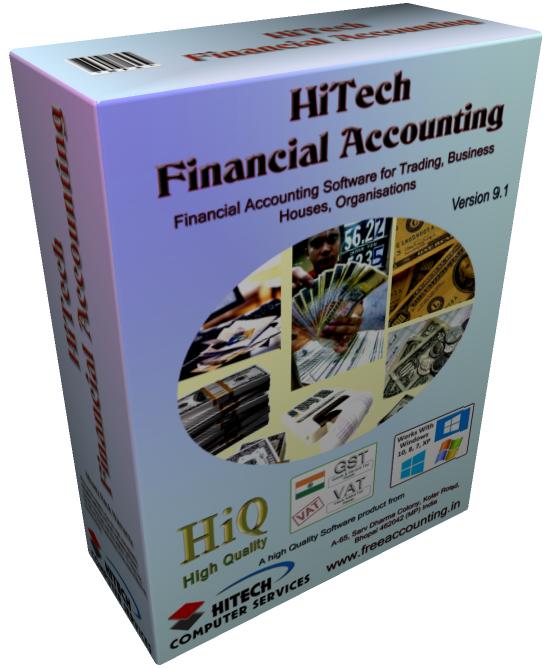




 VAT Ready
VAT Ready




